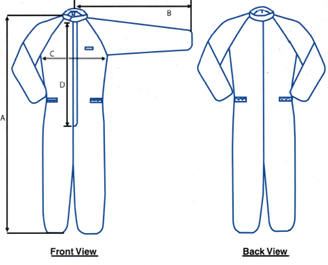Overview Cleanrooms can be very large. Entire manufacturing facilities can be contained within a cleanroom with […]
Cleanroom air flow principles Cleanrooms maintain particulate-free air through the use of either HEPA or ULPA […]
Cleanroom classifications Cleanrooms are classified according to the number and size of particles permitted per volume […]
Fundamentals of Electrostatic DischargePart One — An Introduction to ESD History & Background To many people, […]
Part Two – Principles of ESD Control In our previous article, Introduction to Electrostatic Discharge, we […]
Safety Products / PPE / Hearing Protection / 3M Earplugs 1291 • Reusable Earplugs corded with case […]
ESD / Cleanroom Ribbon Conductive Ribbon RB-010G1 • Width 10 MM +/- 1MM• Surface Resistivity 103 […]
ESD / Cleanroom Apparel • Grid / Stripe fabric non-linting polyester with conductive filament yarn• Designed […]
ESD / Cleanroom Jumpsuit / Coverall • Grid / Stripe fabric non-linting polyester with conductive filament […]
ESD / Cleanroom Smock / Cap • Grid / Stripe fabric non-linting polyester with conductive filament […]


